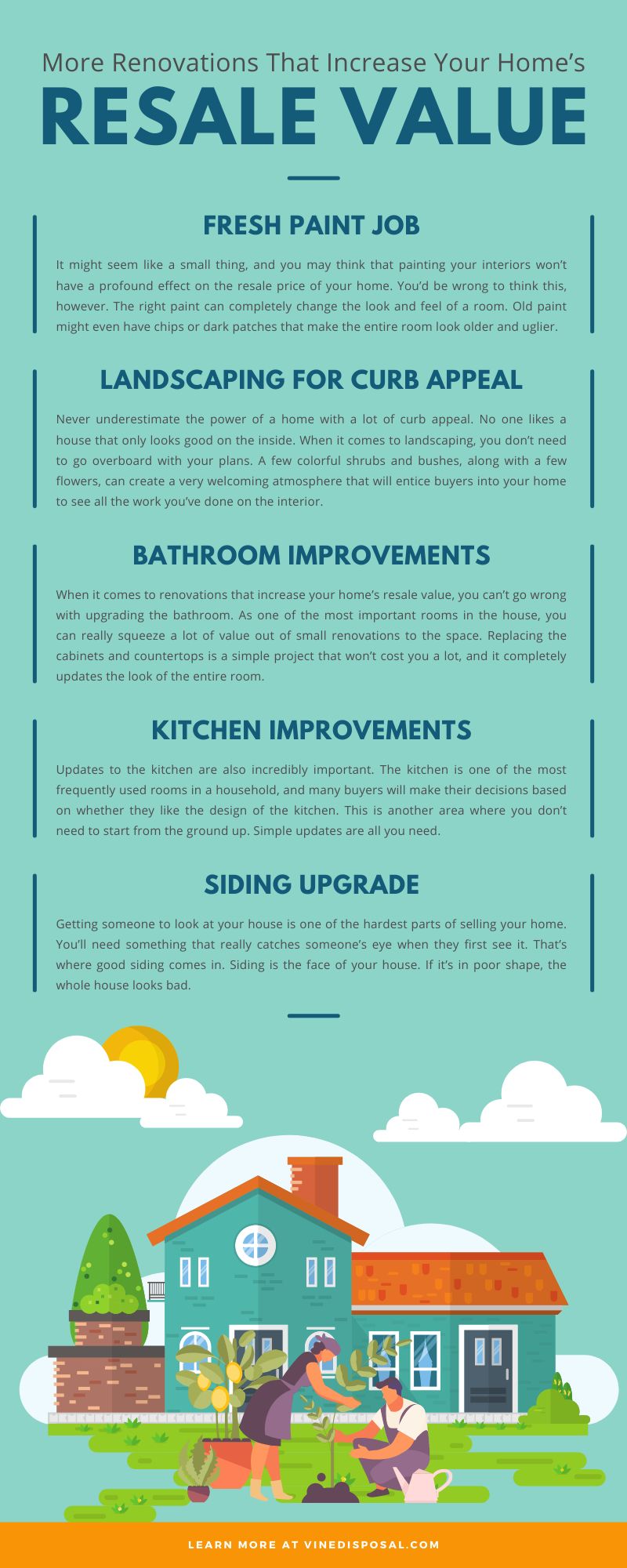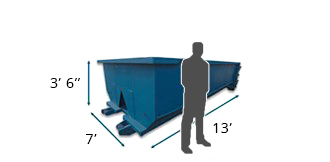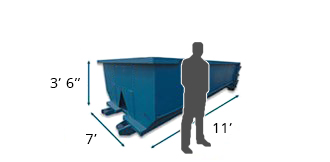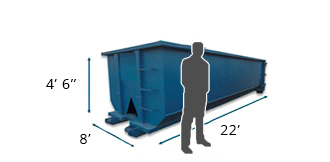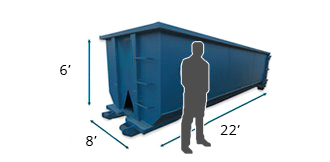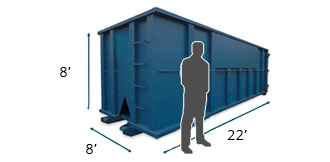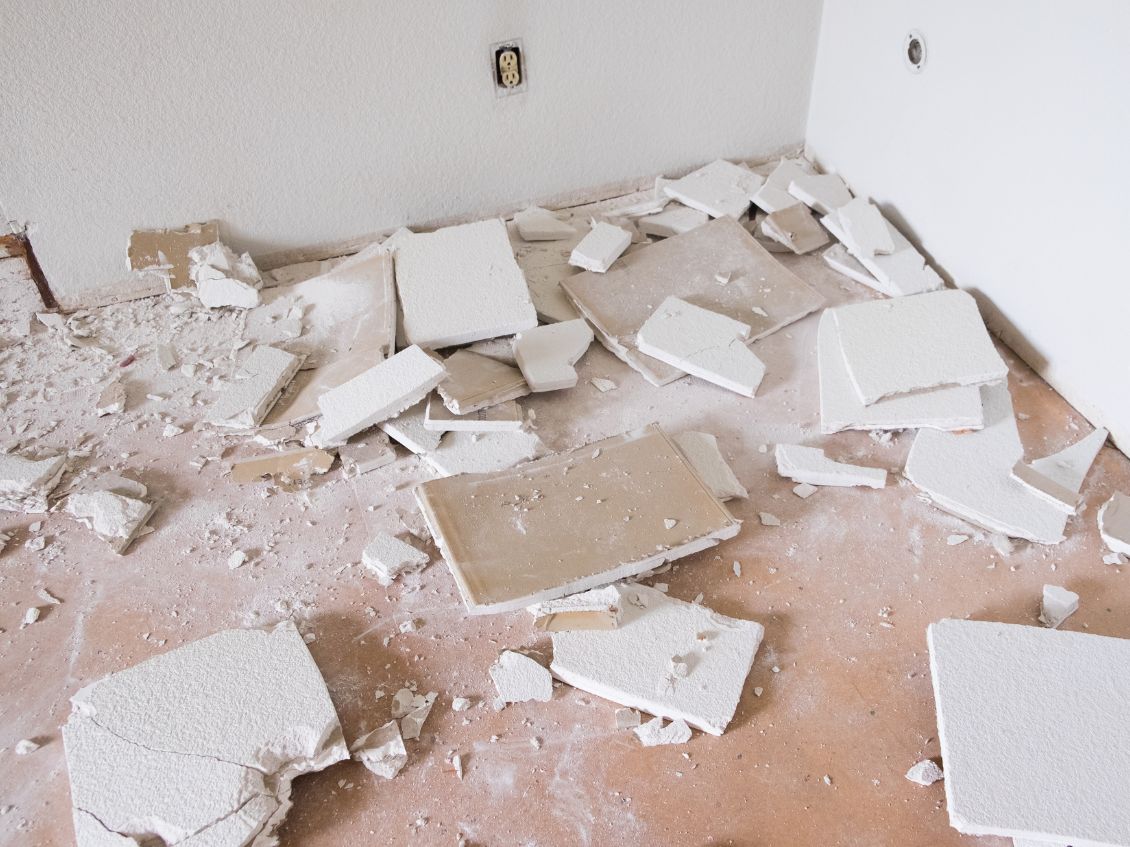
How to Dispose of Drywall and Plaster Properly
Drywall and plaster are widely used materials in home construction and renovation projects. While these materials are relatively easy to remove, disposing of them properly can be a challenge if you're not familiar with the process. This guide will help you understand the differences between drywall and plaster, their disposal methods, and how to recycle or reuse them.
Drywall vs. Plaster: What’s the Difference?
-
Drywall: A modern construction material made from gypsum plaster and paper, drywall is lightweight and easy to install. However, it can release harmful dust when broken or disturbed, which is why it's important to handle it carefully.
-
Plaster: A much older material, plaster is made from natural materials like mortar and is more expensive to install. Unlike drywall, plaster doesn’t create dangerous dust unless it's broken during removal.
Is Drywall Toxic?
Drywall isn’t toxic unless it’s disturbed. If you’re removing drywall, it’s important to wear a mask to protect yourself from dust that can irritate your eyes, nose, and throat. The dust comes from the compound used in drywall, so it’s best to be cautious while handling it.
Is Plaster Dangerous?
Plaster itself isn’t dangerous, but if it’s broken or disturbed, it can release dust that may cause long-term health issues, including lung disease. Always wear protective gear when breaking or handling plaster to avoid inhaling harmful dust.
How to Recycle and Reuse Drywall
Drywall can be reused or recycled in several ways:
-
Save for Repairs: Leftover drywall can be stored for future repairs like patching holes or cracks. Keep it in a dry place to avoid mold.
-
Share with Contractors: Contractors often take leftover drywall off your hands, which helps reduce waste and save on purchasing new materials.
-
Fertilize Your Garden: Drywall is made up of gypsum, a mineral that can help lower the pH levels in soil, making it more fertile. Grind it into powder and sprinkle it around your garden for improved soil.
How to Recycle and Reuse Plaster
Plaster, like drywall, can be reused or recycled:
-
Use for Patchwork: Small cracks or holes in walls can be patched with leftover plaster, making it useful for quick repairs.
-
Create False Floors: Use plaster as a filler to create soundproof floors or ceilings, especially when raising floors or removing floorboards.
-
DIY Projects: Plaster can be used for a variety of DIY projects, such as making stepping stones for the garden, creating candle holders, or even decorating for the holidays. If you're not into DIY, consider donating plaster to local art centers or schools for their projects.
The Easy Way to Dispose of Drywall and Plaster: Rent a Dumpster
If you have a significant amount of drywall or plaster to dispose of, renting a dumpster is the most efficient and eco-friendly solution. Vine Disposal offers roll-off dumpster rentals in Lawrenceville, GA, and throughout the Atlanta metro area, making it easy to dispose of your materials properly. We will ensure that your drywall and plaster are taken to a recycling facility for responsible disposal.
Contact Vine Disposal Today
Need help disposing of your drywall and plaster? Vine Disposal is here to help. We offer convenient, reliable, and eco-friendly dumpster rental services. Call us at (678) 315-2193 or email us at info@vinedisposal.com to learn more or get a free quote.
